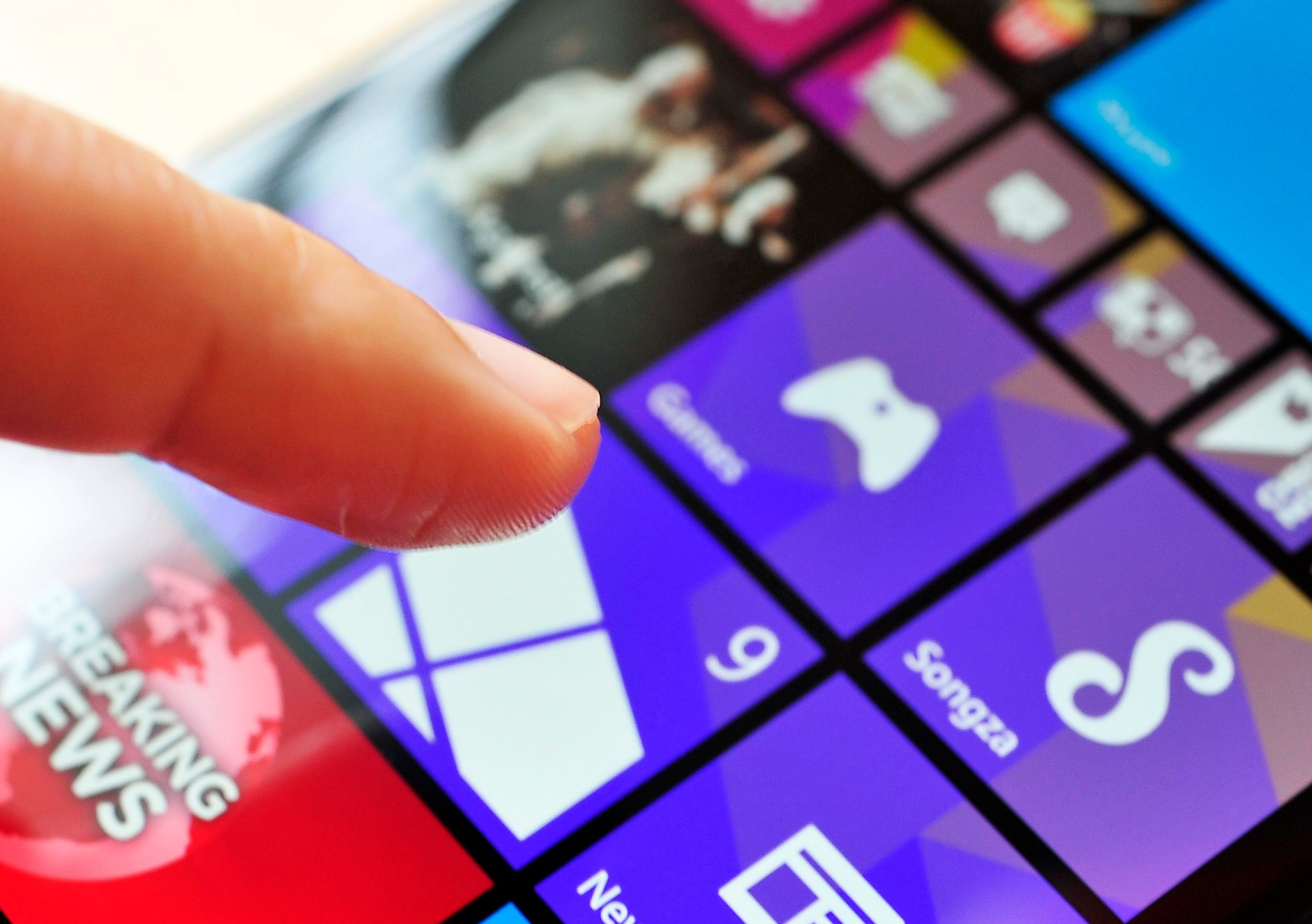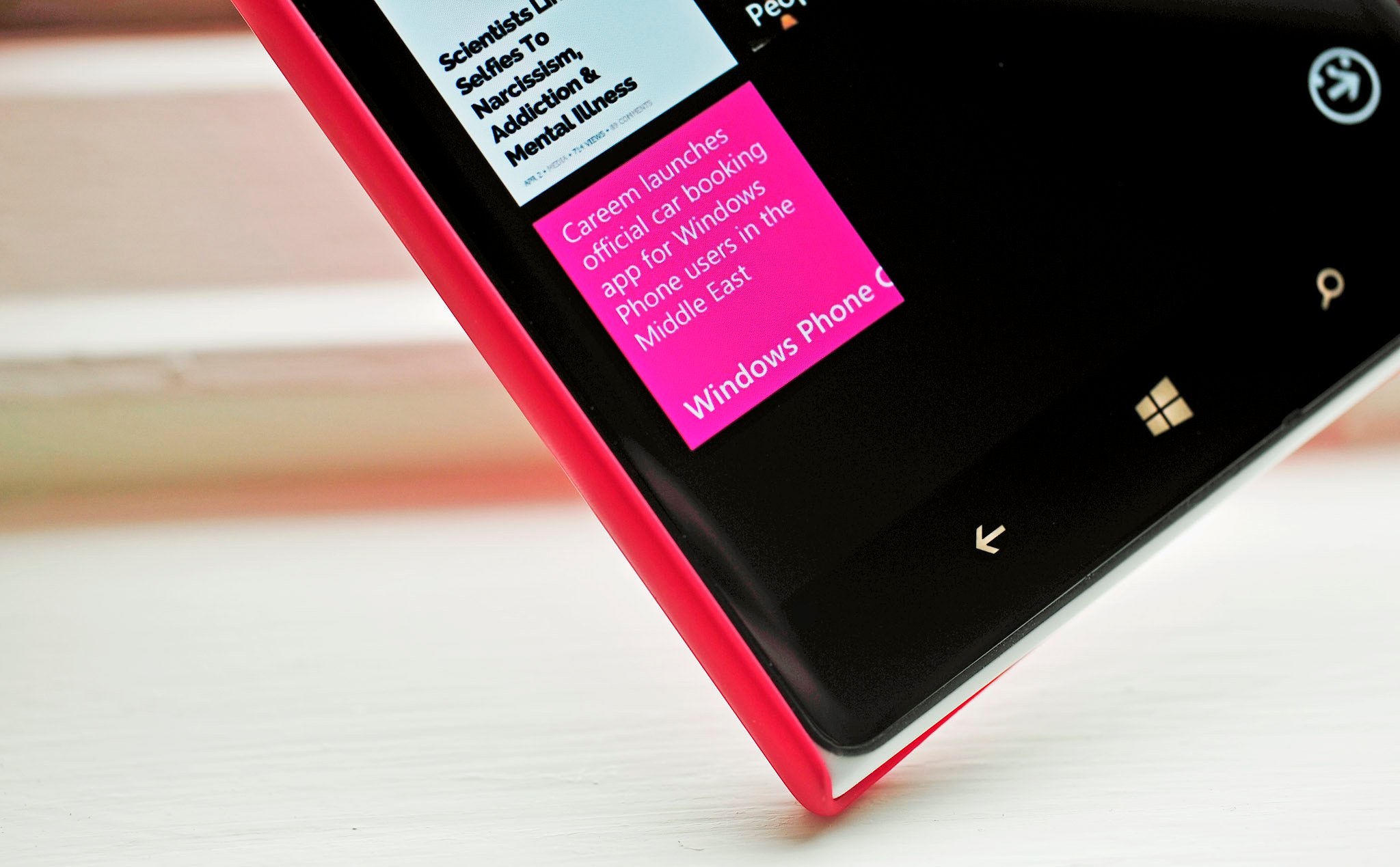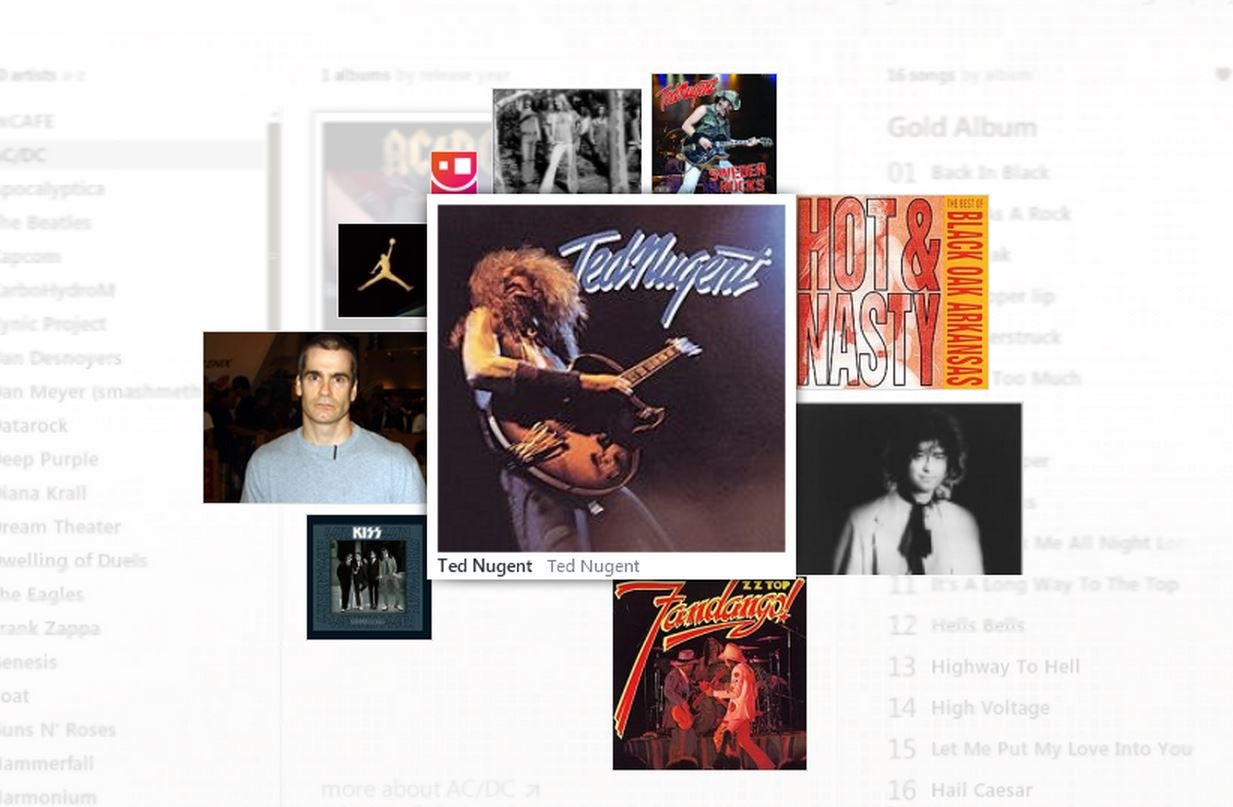Microsoft quietly kills their 3D Touch Windows Phone codenamed 'McLaren'

Starting this fall, Microsoft was poised to release a new high-end Windows Phone featuring their new gesture technology dubbed 3D Touch. The project originally went by the name 'Goldfinger' but later moved to the prototype device stage under the moniker 'McLaren'. It was to be released on at least three US carriers simultaneously in addition to wider availability.
Windows Phone Central has confirmed with multiple sources familiar with the matter that Microsoft is completely canceling McLaren. In effect, this leaves Microsoft in a potentially vulnerable position this fall as the hardware and services company does not have any flagship Windows Phones, to our knowledge, in the pipeline.
Although the timing of this report coincides with the recent layoffs and reorganization plans at Microsoft, the decision to cancel McLaren was made within the last few weeks, prior to yesterday's news. The reasons for canceling McLaren range from cost to Microsoft being unable to move beyond the proposal stage for interactive usages with the technology. The news of the cancellation is so recent that current GDR2 roadmaps still show McLaren and 3D Touch slated for later this year.

3D Touch and Mixview
McLaren, along with Windows Phone 8.1 Update 2, was supposed to be the launch device for Microsoft's new 3D Touch technology. Although how McLaren's sensors worked is a bit of a mystery (they were not cameras), the technology had been in the works for as early as November last year as reported by the Verge. Aspects of McLaren likely came from Microsoft's work on Kinect. It was hardware issues that delayed the release of McLaren, with Microsoft missing the spring 2014 launch with Windows Phone 8.1.
The APIs for the technology – including Hover, Mixview, and 3D Touch – were present in the current Windows Phone 8.1 SDK, though hidden from the public. Instead, a program extension downloaded from Microsoft was needed to make the "Hover events" visible. Additionally, there is a Nokia 3D Touch SDK for documentation.
Developers used the 3D Touch tools with early access to cultivate and test apps with the new technology starting earlier in May. In effect, Microsoft was fielding ideas from developers on how best to use these gestures. Microsoft provided proposals, but they wanted to see what developers would do with it. Unfortunately, that program concluded a few weeks ago with little success.

One of the more rousing aspects of Microsoft's 3D Touch is Mixview, which bore a striking resemblance to a UI element from the Zune software years ago (seen above). We reported on Mixview back in June, revealing details of how it worked. In summary, Mixview enables a single Tile to "explode" into numerous mini Tiles, each with a designated function. The trigger for Mixview is holding your finger over a Tile and then pressing down, in the air, hence the 3D Touch nomenclature.
All the latest news, reviews, and guides for Windows and Xbox diehards.
A real world example of Mixview could be for the Facebook Tile, which could "explode" and reveal a user's latest messages, photos, posts, and more. The smaller tiles were deep links to already existing areas within the app, and they were open to developers to use how they wished. Whereas a single Live Tile could have two sides, Mixview tiles could have up to eight.
Additional 3D Touch gestures included swipes, side taps, and even using heatmap data.
More than a gimmick?
Although the idea of using touchless "3D" gestures to interact with a smartphone is enticing, the question of whether it is more than a gimmick constantly hounded the development process. Companies, including Samsung, had explored touchless gesture technology before but never to the level in which Microsoft took it. However, it seems that Microsoft was unable to move the project further to guarantee a consistent, workable, and usable consumer experience.
Interestingly, Microsoft and touchless gestures go back to 2008, meaning none of this is particularly new. However, this was the first time that Microsoft took the project all the way to the prototype phase, including making tentative deals with carriers to launch the phone this November. In fact, Nokia had initiated some advances in this area, including their "peek" function for Glance, which lets users turn on the display clock by hovering their hand over the display.
All of this is not to say that Microsoft has given up on 3D Touch as the company is still actively researching the technology. Nevertheless, these touchless gestures are evidently not ready for developers or consumers, and Microsoft is holding back until they feel the innovation is more than just a novelty.
Additionally, Windows Phone has recently seen much more success at the entry level price range rather than high-end, so it remains to be seen if this decision damages further Windows Phone adoption by the public.
Combined with the recent Kinect setbacks with the Xbox One, it is clear that the public – or perhaps the technology itself – is not quite yet ready for mass adoption. Microsoft has learned some hard lessons over Kinect as the state-of-the-art accessory has not exactly caused a revolution in game interaction.
Although McLaren is dead in the water for now, the thinking lives on and may see another day in future handsets. Indeed, reports of future flagship Windows Phones for later this fall still persist.

Daniel Rubino is the Editor-in-chief of Windows Central. He is also the head reviewer, podcast co-host, and analyst. He has been covering Microsoft since 2007 when this site was called WMExperts (and later Windows Phone Central). His interests include Windows, laptops, next-gen computing, and wearable tech. He has reviewed laptops for over 10 years and is particularly fond of 2-in-1 convertibles, Arm64 processors, new form factors, and thin-and-light PCs. Before all this tech stuff, he worked on a Ph.D. in linguistics, performed polysomnographs in NYC, and was a motion-picture operator for 17 years.
